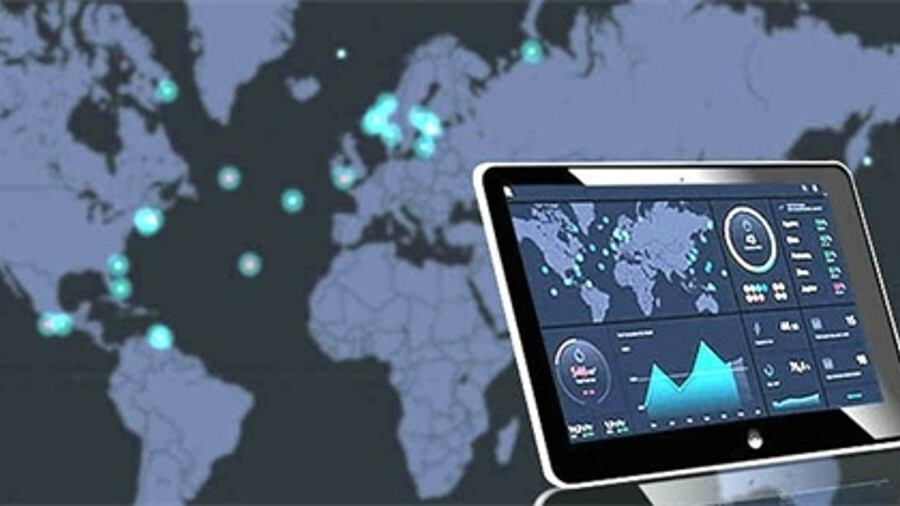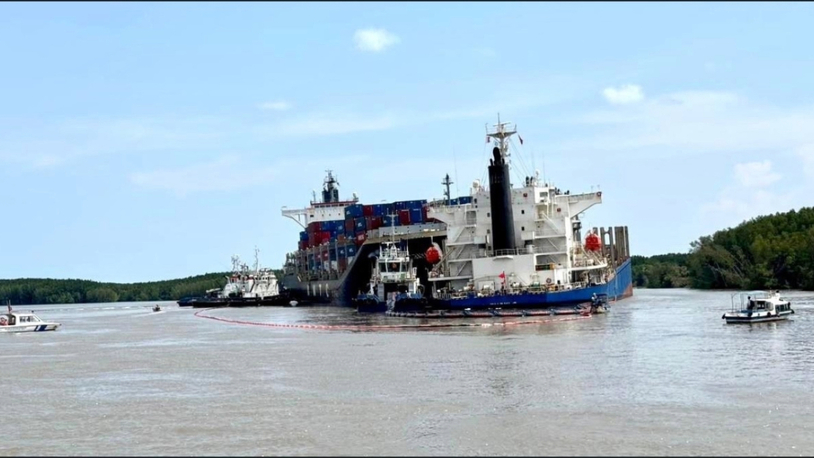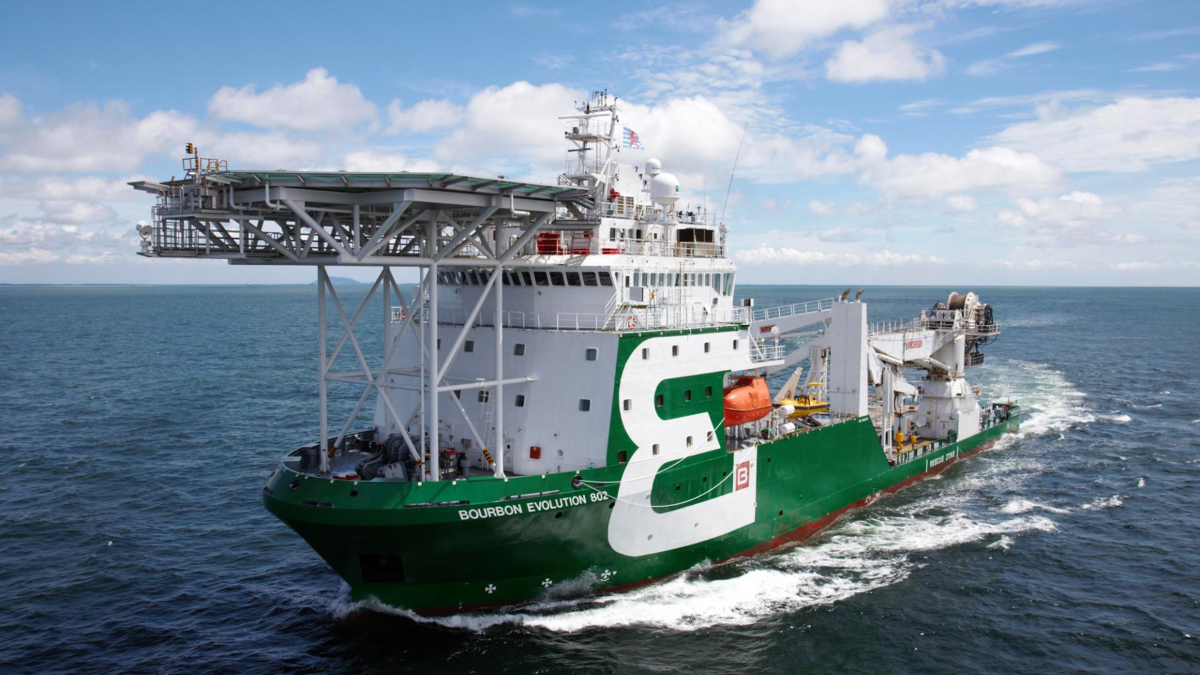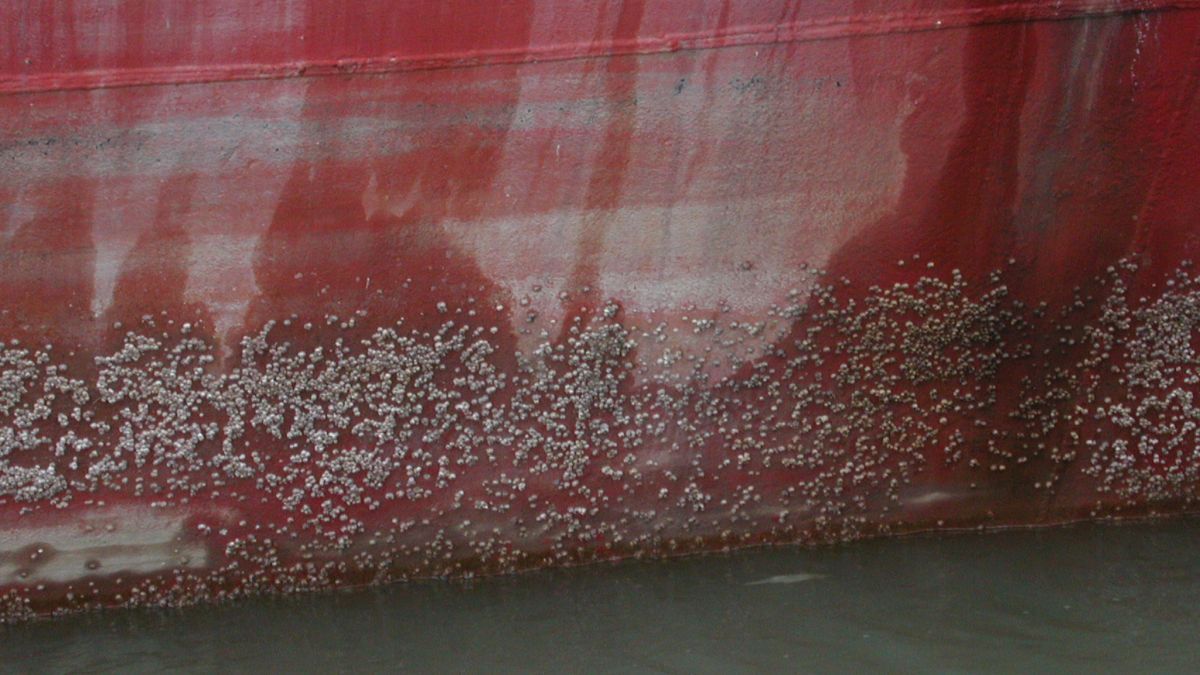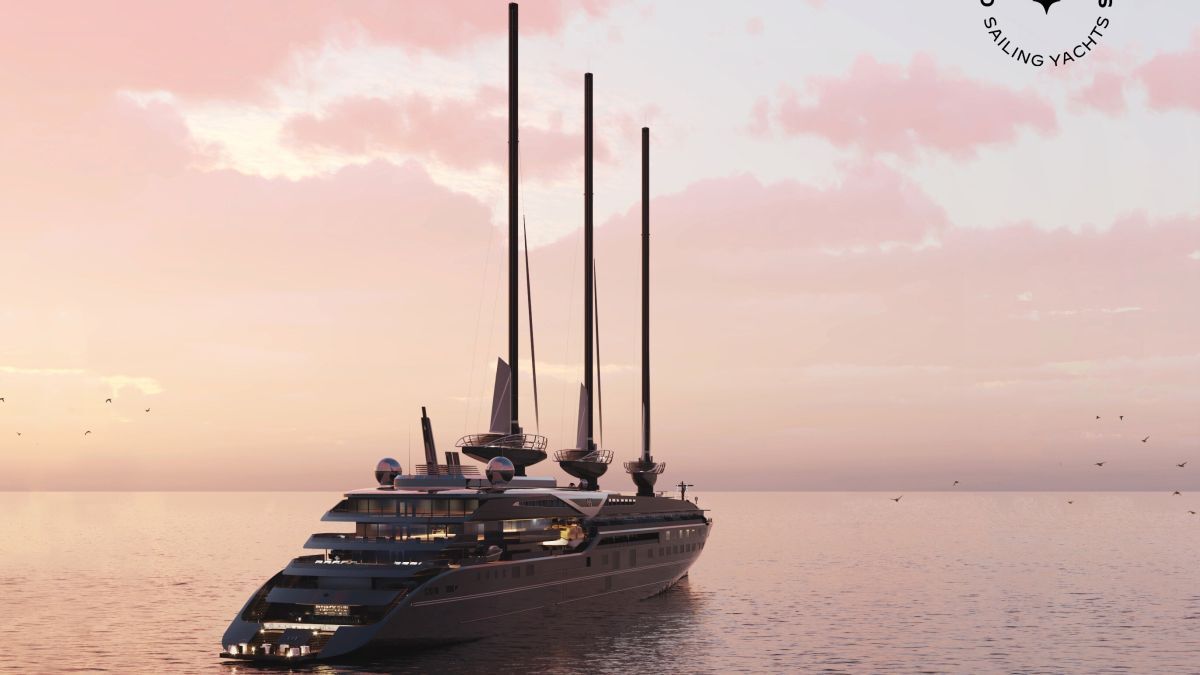Business Sectors
Events
Contents
Charterers look to fleet tracking systems for improved operational insight
Oil majors are making fleet tracking systems a prerequisite of their charter agreements to help lower fuel costs and reduce emissions
Oil majors are making fleet tracking systems a prerequisite of their charter agreements to help lower fuel costs and reduce emissions
International oil companies are asking OSV owners to equip their fleets with fuel monitoring systems and remote sensing equipment to better understand, and decrease, fuel consumption and emissions.
In many instances, charterers are making such demands part and parcel of the tendering process. Such systems offer better insight into operational costs, potential contract cost reductions, vessel performance and handling, emissions and fuel consumption and can also help protect against fuel security issues.
“Fuel is a huge cost,” says Havila Shipping deputy managing director Olav Haug Vikebakk. “Our client needed a system to provide better insight into fleet operations to improve logistics and vessel fuel consumption and we did, too.”
Norway-based Havila Shipping reviewed several systems before settling on the Energy Management System (EMS) from Rolls-Royce Commercial Marine. Fuel monitoring systems were familiar to the OSV owner, which had previously used similar technology from another vendor in the 92.8 m PSV Havila Charisma.
EMS has been installed on over 50 vessels since its introduction in November 2017.
Havila installed the first EMS on the 92.4 m UT527 multipurpose standby response and rescue vessel Havila Troll. An additional eight vessels will be fitted with EMS over several months as they become available.

The ERRV Havila Troll was the first Havila Shipping vessel to be equipped with a Rolls-Royce EMS (image: Shipinvest)
Crew friendly
Rolls-Royce sales manager, ship intelligence Kristian Kleiveland says one of Havila Shipping’s key specifications was that the fuel monitoring system had to be easy to use, with a “proven ability to optimise vessel operations”. Havila required “a system that simplified the tracking of its vessels’ fuel consumption, while not adding to the already high workload for its personnel,” explains Mr Kleiveland.
“It’s really an easy system for the crew to understand,” notes Mr Vikebakk. “The real challenge in the digital age is for shoreside management because there is a huge amount of data you can collect and analyse. You can drown in data. You need to focus on the right things.”
Using EMS, the crew can see in real-time the impact of operating machinery on fuel consumption and make the necessary operational adjustments.
“The real challenge in the digital age is for shoreside management…you can drown in data and you need to focus on the right things”
The system’s sensors assess fuel consumption against, among other things, vessel speed, electrical load and the relationship between propeller pitch and engine rpm. Existing dynamic positioning (DP) sensors are also used to calculate the external forces – wave and wind speed – acting on the vessel. It also shows how the vessel’s operational parameters are influencing fuel consumption.
The data collected from the sensors is then available on a dashboard display on the bridge or any connected device, such as a tablet or computer, and is securely encrypted and processed. The required reporting data is transmitted to a secure Rolls-Royce-hosted web portal, where more detailed analysis and comparisons can be carried out by shoreside management.
“Fuel savings will vary from vessel to vessel and depend on whether it is on a fixed route, maintaining a certain speed and schedule, or if it has some operational flexibility,” says Mr Vikebakk. “That is where there are some potential fuel savings. If a vessel has to go from point A to point B at a certain time and along a certain route, there’s not much you can do about that.”
Not about punishment
Mr Kleiveland points out that “ship managers can also use the information to compare the performance of different crews and all the vessels in a fleet.”
Mr Vikebakk elaborates: “We will be able to set benchmarks for certain types of operations. It is about creating good behaviour for the crew and the shoreside management. This is not about punishment. If we see vessels that are operating outside the normal parameters, we can have a discussion between the crew and shoreside management and get a better understanding.”
Mr Vikebakk also acknowledged this, saying that in many respects it is the logistics department that decides how much fuel is used: “You can’t criticise the captain if he is just doing what he’s told.”
Using a dashboard, shoreside management can analyse an individual vessel or the fleet’s data. The fleet’s location is displayed on a map, in addition to aggregate fuel consumption.
The system can be integrated with the Rolls-Royce Health Management system, which assesses the performance of a ship’s equipment, enabling energy management and equipment health monitoring to be viewed together.
A cloud-based portal enables fleet managers and operators to compare actual performance data with historical benchmarks, as well as evaluating trends over chosen time periods.
“Major oil companies have increased their scrutiny surrounding fuel consumption and accurate reporting is needed”
With EMS, performance indicators and baseline analysis create the potential for further improvement and help enable a data-driven performance management and decision-making approach across fleet management operations.
To reduce the bandwidth utilisation, smart compression algorithms are used before transmitting the data to shore.
Rolls-Royce general manager intelligent asset management solutions Marco Camporeale says vessel owners can use operational data to show charterers and other stakeholders what they are doing to reduce the impact of vessel operations on the marine environment. “The Rolls-Royce EMS allows all parties to fully understand the performance of their vessels,” he says. “The technology is applicable to any vessel-type operating equipment from any manufacturer.”
While it is too early to evaluate the operational and performance data for the Havila Troll, Rolls-Royce said vessel owners have reported annual fuel savings of up to 20% by using EMS. “Once we get some lessons learned with this system, I expect that going forward we will implement more of these types of systems across our fleet,” concludes Mr Vikebakk.
Leveraging IoT
Vessel charterers are also looking to leverage the Internet-of-Things (IoT) for vessel tracking and fleet optimisation purposes. One such remote monitoring system is being employed as a cloud-based, data analytics platform by 10 affiliates of Total Exploration & Production for operations in Western Africa, the North Sea, South America, Asia and the Middle East. France-based Opsealog said its MarineLog Solutions & Services platform is being used to assist in optimising offshore vessel operations by improving logistics flows, reducing fuel consumption and monitoring and minimising emissions.
MarineLog Solutions & Services’ platform makes it possible to collect and integrate data from various sources – vessel tracking, weather parameters, electronic fuel monitoring systems, and other operational data – through onboard software and through web applications used directly by the customers.
According to Opsealog, one advantage of the system is that it does not require installation of any hardware on board the vessels. Since Opsealog is a data integrator platform, it is remotely connected with other compatible vessel tracking or electronic fuel monitoring systems, such as Royston Diesel Power’s enginei and Nautical Control Solutions’ FuelTrax.
As a means of continuous improvement, key performance indicator (KPI) trends are reviewed during regular efficiency meetings between Opsealog consultants and customers. All data from the system is accessible online in bespoke dashboards.
Opsealog chief executive and co-founder Arnaud Dianoux said the company’s business analysts have maritime backgrounds allowing them “to understand the reality of offshore supply operations”. The system has been deployed by charterers to track more than 200 vessels.
Fuel monitoring for 20 Malaysian OSVs
Elsewhere, Houston-based Nautical Control Solutions (NCS) has secured new contracts for its Fueltrax fuel monitoring systems, with a major oil company operating in Malaysia. The Fueltrax systems are being installed on approximately 30 OSVs, with deployment set to be completed in May. Major oil companies have increased their scrutiny surrounding fuel consumption and accurate reporting is needed for fleets operating in Malaysia. Increased accuracy benefits both vessel owners and the oil companies chartering these vessels, by bringing new transparency to once opaque processes.
Globally, Fueltrax contracts extend to four additional operating regions, across 150 vessels for this oil company.
Fuel consumption is monitored, measured and reported in real time by the Fueltrax system. The data is sent, GPS-stamped, every 15 minutes by satellite to the Fuelnet online data repository, where it is accessible to customers and archived indefinitely.
Fueltrax has been deployed on about 500 workboats and commercial vessels worldwide. “The transparency of the fuel data allows charterers and OSV owners to make real, cost-saving changes to their operations based on accurate and timely data,” said NCS chief executive Anthony George. It enhances their control over decisions which affect their compliance and performance goals.”
Charterers and vessel owners have reported fuel consumption savings of up to 10% following the implementation of Fueltrax across their entire fleet, according to NCS.
A Singapore-based boatbuilder, Penguin International Limited, is also incorporating electronic fuel monitoring systems in two classes of high-speed crewboats that will be used in anti-piracy operations in offshore Nigeria and chartered for operation in Southeast Asia.
UK-based Royston Diesel Power reported that its advanced enginei fuel monitoring systems have been specified for high-speed armoured security vessels for anti-piracy operations off the coast of Nigeria. Three Caterpillar C32 main engines are installed in each the 40 m crewboats that can accommodate up to 12 security personnel and 23 passengers and reach speeds of up to 28 knots.
A series of 42 m multi-role crewboats that will be chartered in Southeast Asia will be able to carry up to 80 passengers and reach a top speed of 30 knots. Royston’s local distributors for the Malaysia region, CAN Traders and Service Pte Ltd, will supply the enginei systems
Corolis meters for the main engines and generators are packaged with the enginei units and are expected to help reduce fuel and operational costs, while providing crews and operators with detailed real-time engine performance data and other mission-critical information.
Using sensor technology, enginei will monitor engine fuel consumption that will be tracked against GPS data, voyage details and operational mode.
The data is collected, processed and relayed to bridge and engineroom-mounted touchscreen monitors to enable the vessel’s master to adjust vessel speed and take corrective actions to reduce fuel consumption.
Related to this Story
Events
Maritime Environmental Protection Webinar Week
Cyber & Vessel Security Webinar Week
The illusion of safety: what we're getting wrong about crews, tech, and fatigue
Responsible Ship Recycling Forum 2025
© 2024 Riviera Maritime Media Ltd.


